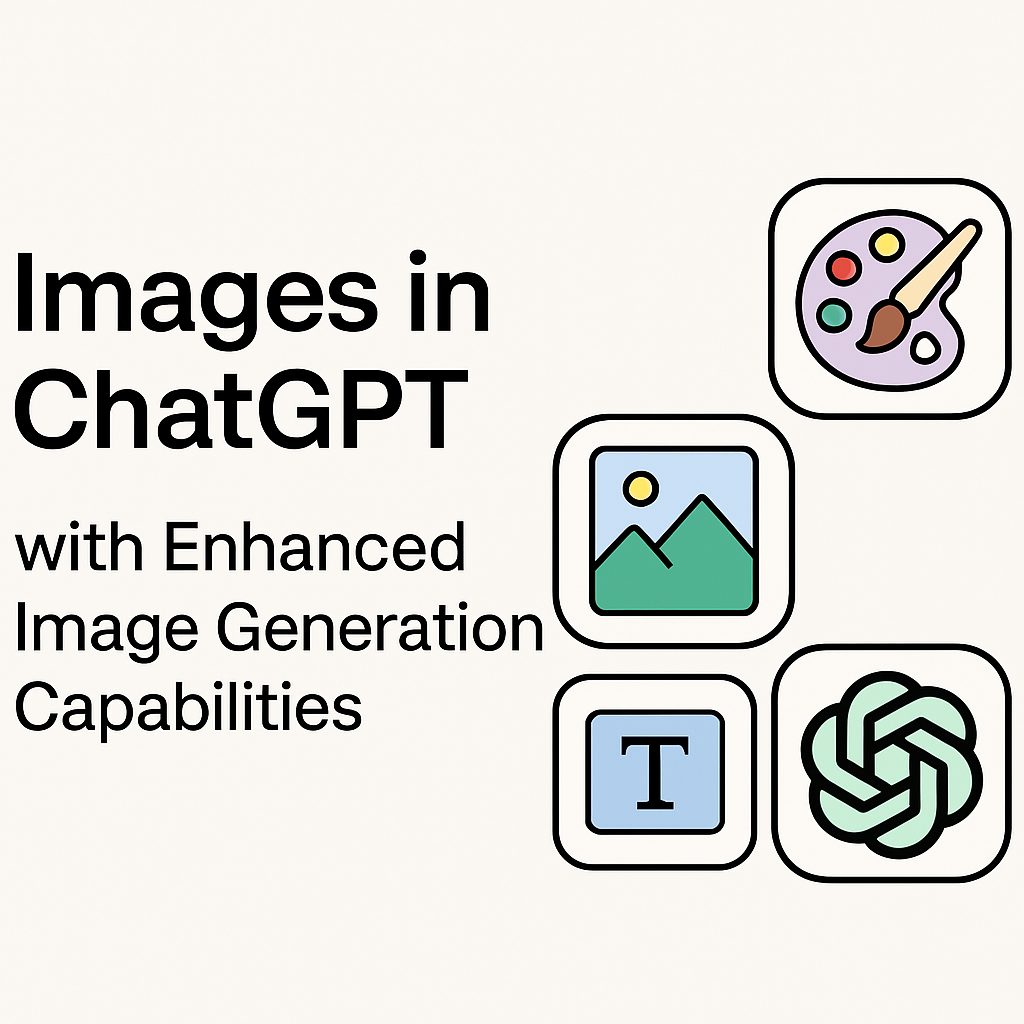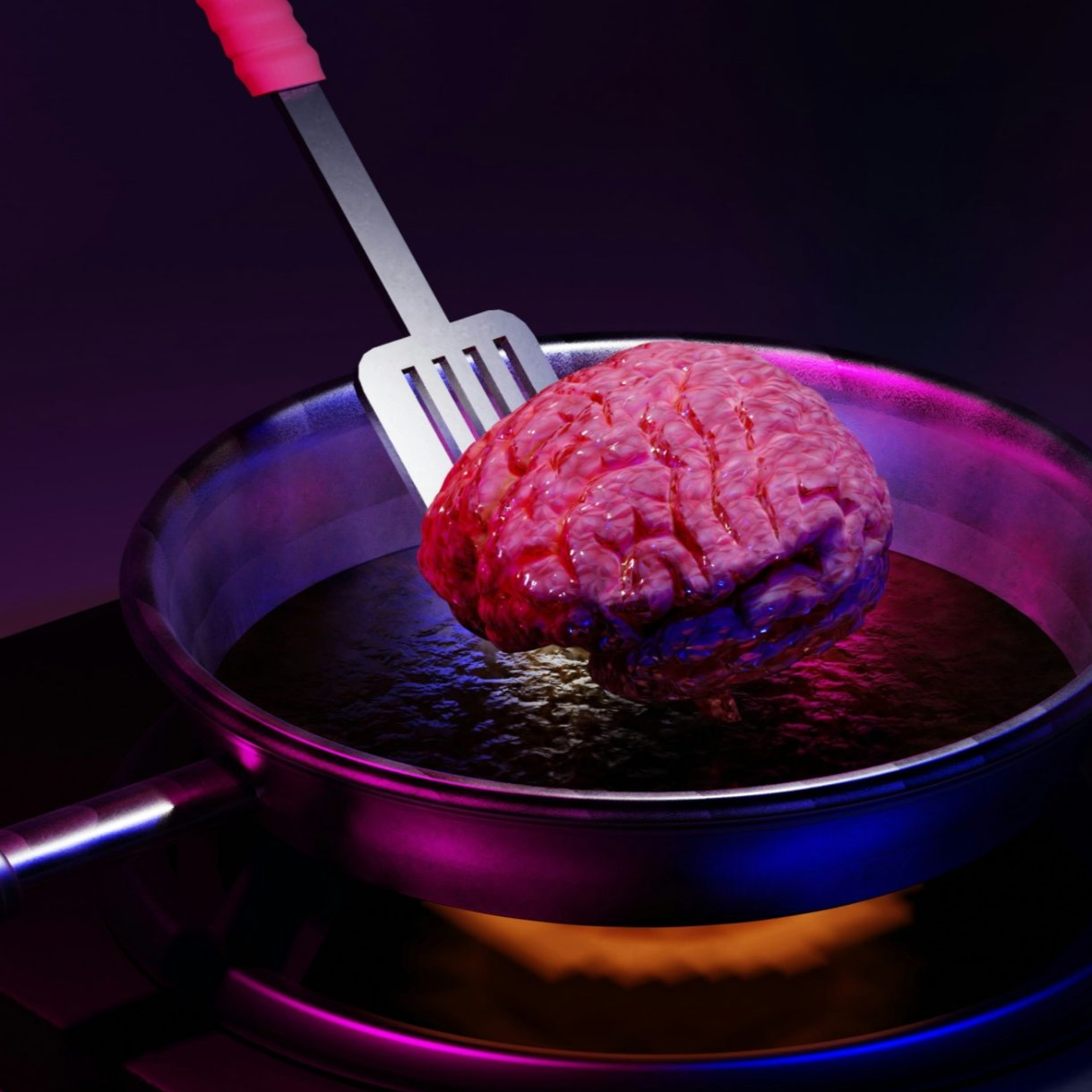Redefining Forensic Investigations in the Age of AI
Fraud is no longer what it used to be. From forged documents and cash thefts, financial crimes have evolved into algorithmic manipulations and cyber exploits. As businesses become increasingly digitized, fraudsters have kept pace—adapting to exploit vulnerabilities in digital ecosystems. Notable recent incidents in India, including a cyberattack on a major healthcare institution in Delhi and a fund transfer fraud at a financial firm in Pune, reflect the urgency to embrace smarter, AI-powered forensic solutions.
The Two-Fold Challenge for Forensic Professionals
Modern Chartered Accountants and forensic auditors face a dual challenge:
- Understanding the increasingly complex digital environments of businesses.
- Adopting AI and data-driven tools to strengthen their own investigative methods.
The emergence of AI tools enables professionals to analyze large volumes of data at unprecedented speed and accuracy. What used to take days or weeks can now be achieved in minutes using AI-assisted platforms.
From Web 1.0 to Agentic AI: The Technological Leap
The digital world has evolved from static Web 1.0 to interactive Web 2.0—and now to intelligent, decision-making Agentic AI. These systems can independently carry out investigative tasks, detect anomalies, and flag suspicious behavior without constant human input.
Auditing, however, has lagged in this transformation. Traditional firms, especially in India, have been cautious in adopting emerging technologies. This hesitation must change. Modern forensic work demands tools that go beyond manual verification. IoT sensors, blockchain, and AI algorithms are transforming how audits and investigations are conducted.
Benford's Law Gets an AI Upgrade: BSDA
Benford's Law—a statistical tool used to detect irregularities in numerical data—has long been a staple of fraud detection. But its traditional use falters when faced with massive datasets.
Enter Benford Subset Divergence Analysis (BSDA). This AI-enhanced approach dynamically scans specific data subsets—by vendor, region, payment method, or account code—to reveal subtle anomalies.
Real-World Application of BSDA: In a multinational firm processing millions of entries, traditional Benford analysis failed to isolate fraud patterns. But BSDA flagged a spike in transactions starting with "20" and "21" from Vendor X, uncovering:
- Fake invoices below Rs. 20,000
- Duplicate payments
- Rounding anomalies
AI could also spot similar fraudulent patterns across other vendors and departments, turning previously invisible red flags into actionable insights.
Navigating the Labyrinth of Unstructured Data
Today’s investigations must go beyond numbers. Emails, chat logs, voice recordings, contracts, and video footage are vital yet notoriously hard to process.
Multimodal AI solves this challenge. Unlike traditional systems, it integrates multiple data formats—text, audio, image, video—into a single analytical model.
Components of Multimodal AI:
- Advanced NLP: Extracts sentiment, intent, and keyword cues.
- Audio Processing: Transcribes calls and identifies speakers.
- Graph-Based Correlation: Links people, organizations, and activities across various platforms.
Hypothetical Scenario: Imagine investigating a Rs. 500 crore corruption case. Multimodal AI could:
- Flag coded terms like "facilitation fee" in chats and emails
- Recognize a politician’s voice in intercepted calls
- Correlate meetings through metadata and CCTV footage
Within hours, investigators would receive a clear visual timeline and interconnected evidence clusters—impossible with traditional methods.
Blending Structured and Unstructured Data: A Paradigm Shift
By integrating structured data (like ledgers) and unstructured data (like emails), AI offers a 360-degree view of potential fraud:
- Detecting suspicious interactions
- Mapping unknown relationships
- Identifying coordinated fraud rings
AI’s holistic capability allows forensic teams to uncover root causes, trace money trails, and connect all dots faster and more accurately.
The Road Ahead for Forensic Professionals
Global organizations have already adopted blockchain, smart contracts, and AI tools, transforming business processes—and audits. Forensic professionals must respond by:
- Upskilling in data science and AI tools
- Partnering with technologists for cross-functional investigations
- Creating internal AI task forces to evaluate risk proactively
SEO-Rich Takeaways for the Modern Practitioner:
- AI in forensic accounting isn’t optional—it’s imperative.
- Digital fraud detection tools like BSDA and multimodal AI deliver efficiency and accuracy.
- Structured and unstructured data analysis is the future of investigation.
- Agentic AI in auditing is reshaping fraud management strategies.
- Cybercrime in financial services demands AI-powered solutions.
Conclusion: From Number Crunchers to Digital Detectives
Technology is no longer just an enabler; it’s a partner in forensic discovery. With the fusion of human judgment and AI precision, Chartered Accountants and forensic professionals can become digital-era detectives equipped to tackle the complexity of modern financial crime.
To remain relevant and resilient, forensic practices must supercharge their traditional approaches with cutting-edge AI—ushering in a future where no fraud can hide in the data shadows.
Source:icaiChat GPT






